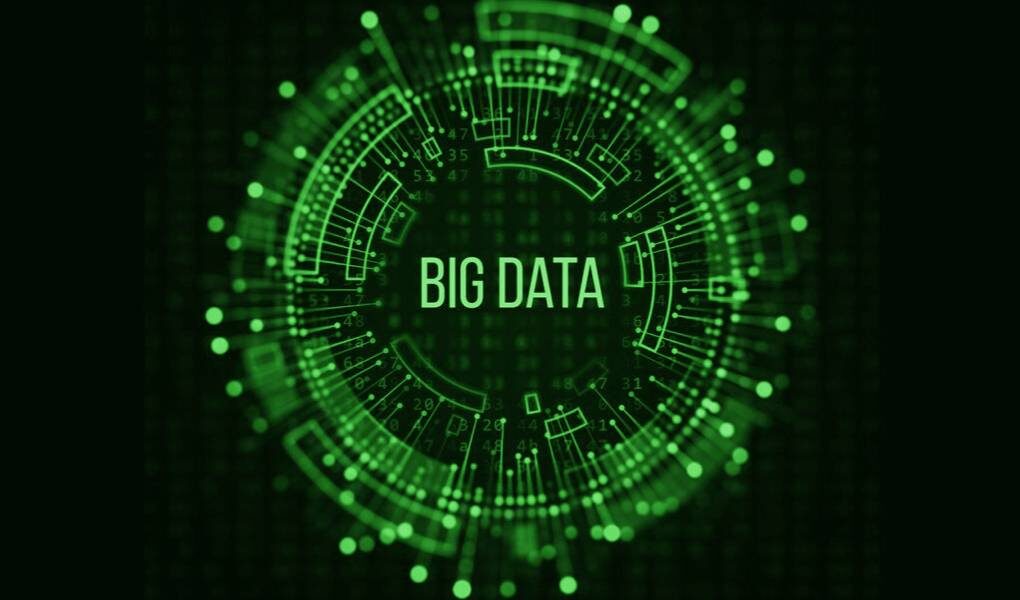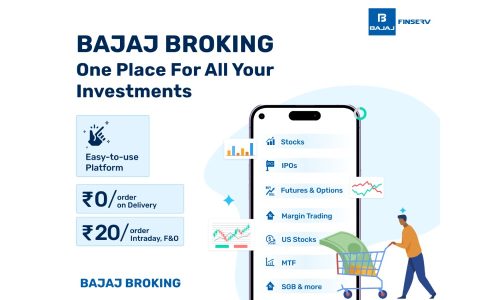Big Data: a large amount of heterogeneous data in terms of form and source, which can be analyzed over time. A very precious source of information that can support and significantly influence the choices made by companies that can derive a competitive advantage from them. It is fundamental to be able to analyze and interpret these “large data flows”, and this is where the figure of the Data Scientist comes into play.
Examples of Big Data come from telephones, credit cards used for shopping, television, computer applications, smart city infrastructures, as well as sensors mounted on buildings or public and private means of transport.
Table of Contents
Big Data Definition And Use
Big data what are they? A potentially infinite number of information relating to the “digital behavior” of users on the Net.
Each of us, daily, interacts with other users using applications, displays videos, reads articles, or uses one or more social networks. Knowing how to use this type of data is the evolution that the digital world is facing as well as the main lever on which the “new way of doing business” will be based.
Analyzing Big Data in the best possible way allows you to create new knowledge that is useful for making more informed decisions in various business processes: from the optimization of tourism flows to healthcare, from marketing to communication, can how and even use in fraud prevention.
Big Data Meaning Of 5V
The first to describe the Big Data 3V Model was, in 2001, Doug Laney, then Vice President and Service Director of the Meta Group company: Volume, Speed and Variety. A simple and schematic model to define new data originating from the increase in information sources and new technologies. Today two new variables have been added: Truthfulness and Variability and for this reason, we speak of 5V of Big Data.
Below the 5 V
- Volume: Large amounts of data (more than 50 TB) or rapidly growing (> 50% annually)
- Speed: Data generated and acquired quickly
- Variety: Heterogeneous data by source and format
- Truthfulness: Quality and reliability of the data
- Variability: Variability of the meaning of a given according to the context
Big Data Analytics: Analytics Tools
Analytics technologies and expertise make the real difference in using Big Data. Big Data analytics tools are able to transform raw data into valuable information for business decision-makers who can take advantage of up-to-date information to make timely decisions whether it is the future of large companies or small and medium-sized enterprises.
Processing Big Data means changing the way in which the latter are collected and managed and, above all, it means using advanced skills and technologies to support the data life cycle and new professional figures, such as that of the Data Scientist, for the enhancement of information. . The Big Data Analytics sector continues to evolve and data management is confirmed at the top among the investment priorities of Italian CIOs and Innovation Managers.
The Advanced Analytics
These are technologies that allow you to manage unstructured data, process large volumes of data in real-time and autonomously extract hidden information. There are four Analytics classes used in data analysis:
- DESCRIPTIVE ANALYTICS: To describe the current and past situation of business processes and/or functional areas.
- PREDICTIVE ANALYTICS: To answer questions related to future projections.
- PRESCRIPTIVE ANALYTICS: To propose strategic solutions based on the analyzes carried out.
- AUTOMATED ANALYTICS: To autonomously implement the proposed action based on the result of the data analyses performed.
Data Analyst And Data Scientist: The Skills That Give Value To Big Data
Two new professionals have entered the world of work thanks to Big Data and who seem to be part of the so-called “professions of the future”: the Data Analyst and the Data Scientist. computer science, mathematics, physics, and statistics.
The Data Scientist is a highly specialized figure in the management of Big Data to obtain relevant information. In most cases, he has a background in Engineering, Computer Science, Economics, Mathematics, or Statistics. Profound knowledge of the market and business and the use of machine learning techniques and programming languages complete the profile.
The work of the Data Analyst depends on the work of the Data Scientist, who must explore and interpret information useful for decision-making processes by implementing complex statistical models or machine learning algorithms.
Big Data Examples
The Netflix and Amazon platforms are based on “recommendation methods” to make purchase proposals based on a customer’s interests. All the data coming from a user’s navigation, from his previous purchases, from the products evaluated or researched allow suggesting the most suitable products for the customer’s purposes.
Belonging to Big Data are also the algorithms that can predict if a woman shopper is pregnant, by tracking her searches on the Web and the objects acquired previously.
Facebook, on the other hand, with its one billion subscribers, even knows when a romance has reached a tipping point. Based on bulletin board status updates (3.3 million posts are published every minute), the company can predict whether a relationship is going to last, with disturbing accuracy.
Not to mention Twitter that every 60 seconds moves 347 thousand tweets and which, like the other Big Tech has developed an API (Application Program Interface) that allows third parties to access each of these (by definition all public).
This is of unstructured data, probed by new sentiment analysis techniques that can understand the emotions contained in the textual information, helping decision-makers (business and politicians) to understand where the wind of public opinion is going.
Also Read: What Is Edge Computing And How Is It



